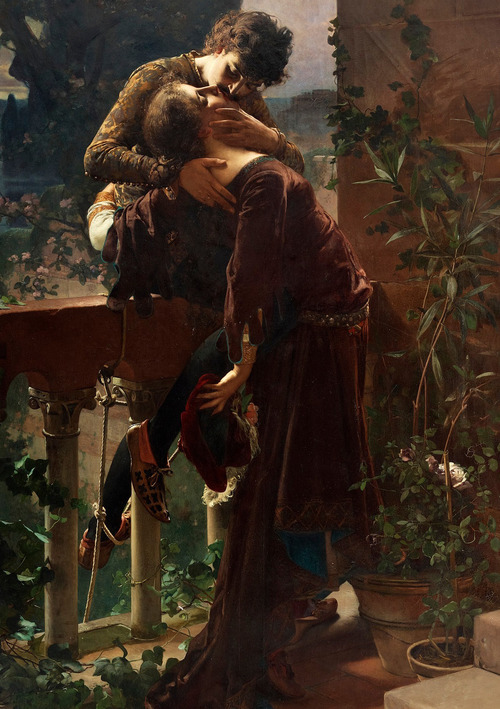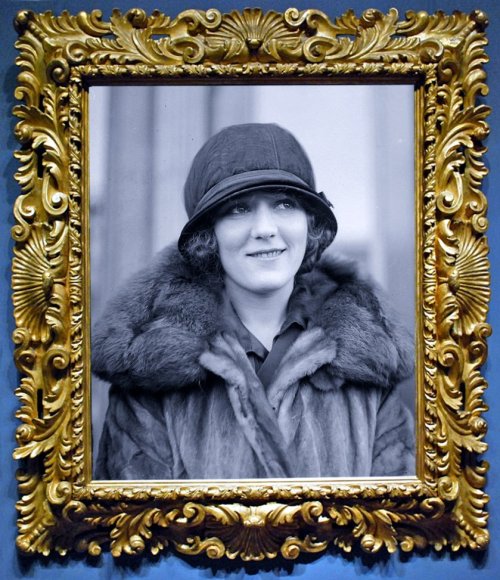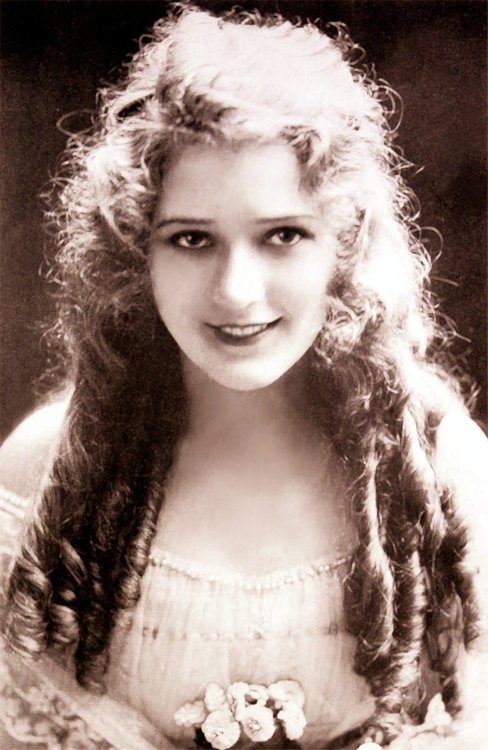
Romeo and Juliet on the Balcony, Julius Kronberg
The ‘public domain’ is not a useful concept – however useful a term it may be to those who believe in copyright’s abridgement of the public’s liberty, to describe those works not ‘protected’ by copyright.
Liberty is the useful concept.
If an individual has a work in their possession, that was not obtained through burglary, then they are at liberty to do anything they want with it. Not forgetting that, ceteris paribus, this liberty excludes that which deceives (impairs another’s apprehension of the truth), or jeopardises the life of another.
Do you use the Internet? Then you need to see “Stop Watching Us”
is a website that allows American citizens to demand an end to mass suspicionless surveillance.
Citizens of other nations need to demand the same of our own governments, and that our governments withdraw from participation and/or complicity in mass suspicionless surveillance of its own citizens.
In Canada we can call on our MP to stand against costly online spying
You can read the International Principles on the Application of Human Rights to Communications Surveillance in 30 languages (and people in other countries can find resources) at https://necessaryandproportionate.org

Cypress, Sky and Country
Vincent Van Gogh (circa 1889)
Part of the Austrian Kunsthistorisches Museum’s holdings, apparently this painting disappeared from the public view around 40 years ago. No one is saying whether it was lost or stolen, or even if anyone noticed it was missing until it turned up in a safety deposit box in Decemeber when the Spanish Tax Authorites seized 542 safe deposit boxes owned by alleged tax offenders owing about € 319,000,000 (roughly the equivalent of CDN$478,000,000)
The painting is 35 by 32 centimetres (13.7 by 12.5 inches) and pretty nearly everyone believes it to be genuine because of three seals from the:
The only doubt of the painting’s authenticity has been raised by Dr. Friedrich Polleroß, head of the archives at the Vienna Institute.
My internet researches have revealed that the painting in question is not the one above, but rather this one.
The question that arises in my own crime writer mind is whether the 1974 seal is in fact a forgery, or if in fact the painting was stolen with the complicity of people at the Austrian Institution.

“America’s Sweetheart,” visiting her home town, Toronto, in 1924
This photograph is in the public domain, the original can be found at the City of Toronto archives

Toronto born silent screen star Mary Pickford
Another public domain photograph, this one found in the Library and Archives Canada

Cypress, Sky and Country
Vincent Van Gogh (circa 1889)
Part of the Austrian Kunsthistorisches Museum’s holdings, apparently this painting disappeared from the public view around 40 years ago. No one is saying whether it was lost or stolen, or even if anyone noticed it was missing until it turned up in a safety deposit box in Decemeber when the Spanish Tax Authorites seized 542 safe deposit boxes owned by alleged tax offenders owing about € 319,000,000 (roughly the equivalent of CDN$478,000,000)
The painting is 35 by 32 centimetres (13.7 by 12.5 inches) and pretty nearly everyone believes it to be genuine because of three seals from the:
The only doubt of the painting’s authenticity has been raised by Dr. Friedrich Polleroß, head of the archives at the Vienna Institute.
My internet researches have revealed that the painting in question is not the one above, but rather this one.
The question that arises in my own crime writer mind is whether the 1974 seal is in fact a forgery, or if in fact the painting was stolen with the complicity of people at the Austrian Institution.

“America’s Sweetheart,” visiting her home town, Toronto, in 1924
This photograph is in the public domain, the original can be found at the City of Toronto archives

Toronto born silent screen star Mary Pickford
Another public domain photograph, this one found in the Library and Archives Canada